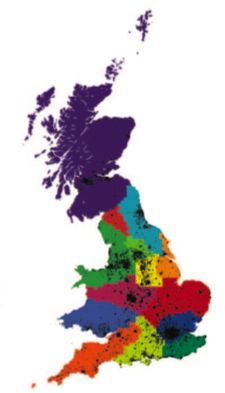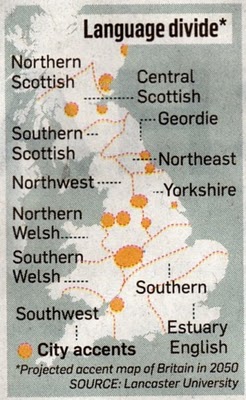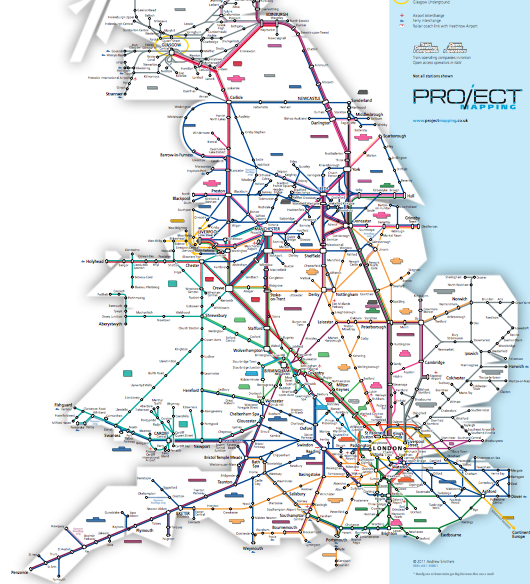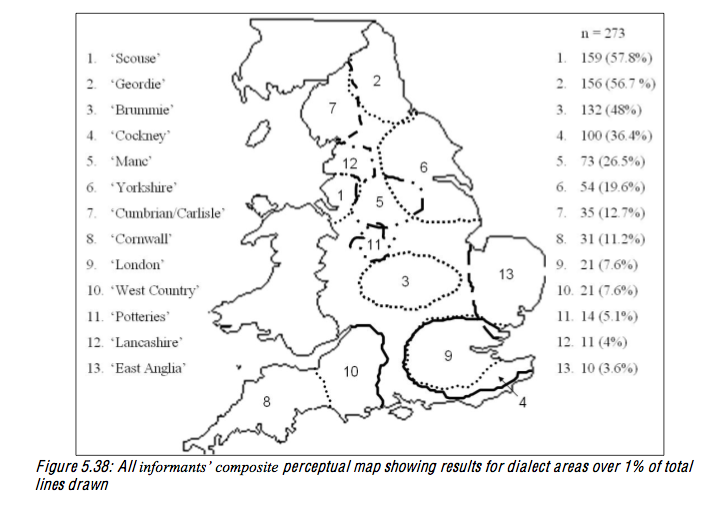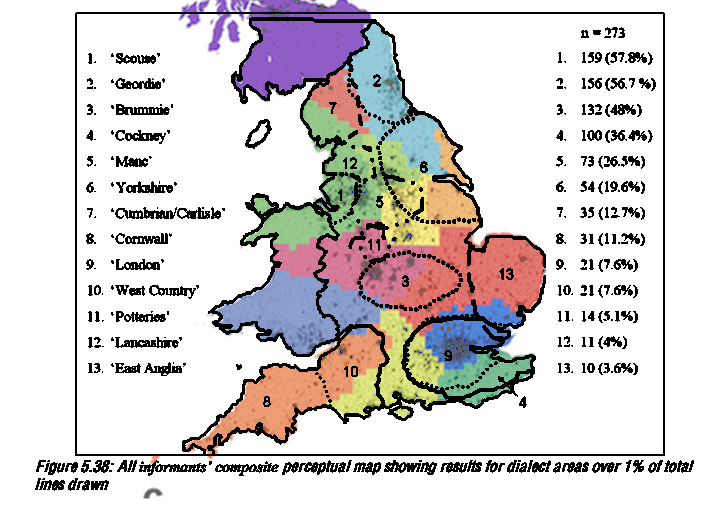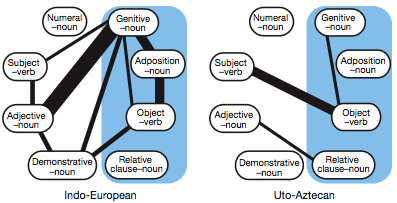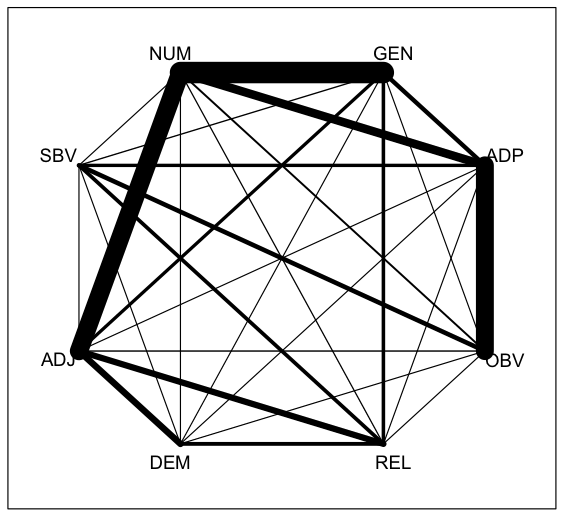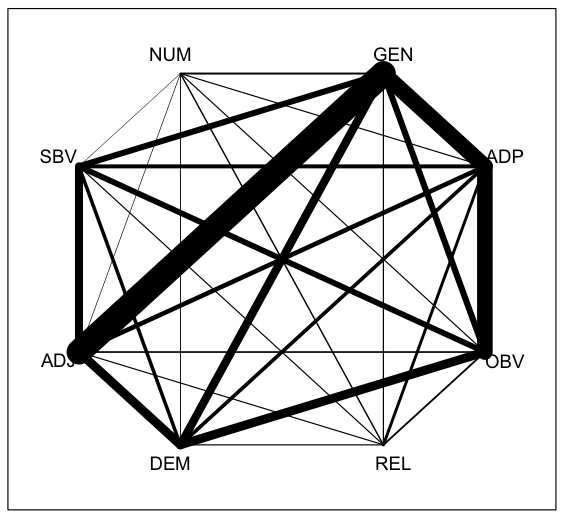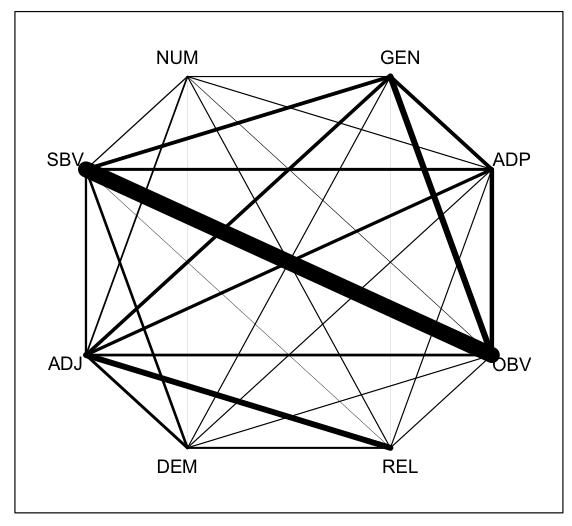Or, Speculations in Computational Evolutionary Psychology
Note: This version of the post has been revised from an earlier version in which I suggested that the distribution in the first chart followed a power law. Cosma Shalizi checked it for me and it’s not a power law distribution. It’s an exponential distribution.
So, I’ve been exploring Conrad’s Heart of Darkness. In the last two posts I’ve examined one paragraph in the text, the so-called nexus. It’s the longest paragraph in the text, it’s structurally central, and it covers a lot of semantic territory.
OK, but what about the other paragraphs.
What about them?
Aren’t you going to look at them?
Well, yeah, but I sure don’t have time to troll through them like I did the nexus. I mean, that post stretched from here to Sunday.
I get your point. Why don’t you do the Moretti thing?
Moretti thing?
You know, distant reading.
Distant reading? You mean count something? Count what?
How about paragraph length?
What’ll that get me?
I don’t know. Just do it. I mean, you already know that the nexus is the longest paragraph in the text. There must be something going on with that. Mess around and see if something turns up.
* * * * *
I used the MSWord word-count tool to count the words in every paragraph in the text. All 198 of them. One at a time. Real tedious stuff. Then I loaded the results into a spreadsheet and created a bar chart showing paragraph length from longest to shortest:
 Continue reading “Digital Humanities Sandbox Goes to the Congo”
Continue reading “Digital Humanities Sandbox Goes to the Congo”

